$97.00
Payment Methods:
Related Products
Navistar Engine Diagnostics 2018 NED
In stock
$50.00NED Navistar Engine Diagnostics 2018 is advanced software to diagnose and program Navistar engines, optimizing their performance. It offers real-time diagnostics, intuitive tools and is ideal for mechanics and truck owners. Consider www.ecmtrucks.com as an alternative.
John Deere Service Advisor 5.3.225 2023 Diagnostic Software
In stock
$250.00Introducing John Deere Service Advisor 5.3.225 2023 Diagnostic Software: A Must-Have Tool for Construction and Forestry Equipment Technicians. Discover its essential features, system requirements, and extensive coverage across equipment models. Benefit from user-friendly interfaces, reprogramming capabilities, and comprehensive documentation. Get exceptional technical support with the genuine John Deere EDL V3/V2 DLA adapter. Available in multiple languages. Maximize efficiency and accuracy in equipment repairs and maintenance. Explore the power of John Deere Service Advisor 5.3.225 today. Boost your productivity with ecmtrucks.com.
Perkins EST 2022A Diagnostic Software
In stock
$87.00Perkins EST 2022A diagnostic software is a powerful tool for professionals working with Perkins engines. It allows for communication with electronic control modules (ECMs) to identify and address potential issues efficiently. With features like diagnostic testing, data analysis, and software upgrades, Perkins EST 2022A is essential for engine maintenance and repair. Available in multiple languages, this software is compatible with various Windows operating systems, ensuring ease of use and reliability. Installation and support via TeamViewer make using Perkins EST 2022A seamless and convenient.



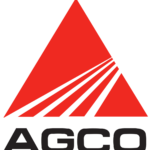 AGCO
AGCO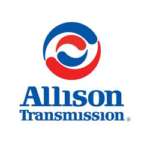 ALLISON
ALLISON BENDIX
BENDIX BOBCAT
BOBCAT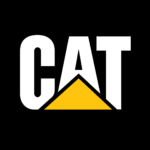 CAT
CAT CLAAS
CLAAS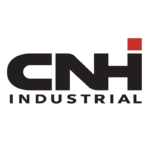 CNH
CNH DAF
DAF DETROIT
DETROIT EATON
EATON FREIGHTLINER
FREIGHTLINER HINO
HINO HITACHI
HITACHI ISUZU
ISUZU JCB
JCB JOHN DEERE
JOHN DEERE JPROZZ
JPROZZ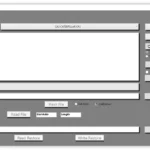 MAGIC TUNER
MAGIC TUNER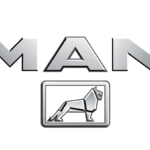 MAN
MAN Navistar
Navistar PACCAR
PACCAR PERKINS
PERKINS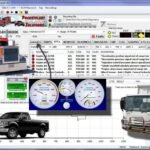 PF DIAGNOSE
PF DIAGNOSE PSI POWERLINK
PSI POWERLINK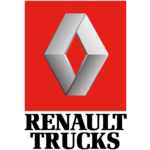 RENAULT
RENAULT SCANIA
SCANIA THERMO KING
THERMO KING UD NISSAN
UD NISSAN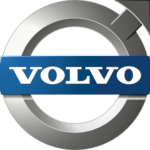 VOLVO
VOLVO WABCO
WABCO ZF TESTMAN
ZF TESTMAN
 BELL
BELL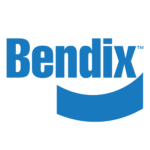 BENDIX
BENDIX BOBCAT
BOBCAT CARRIE
CARRIE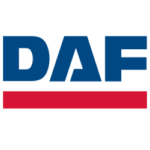 DAF
DAF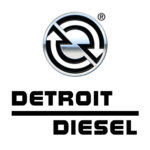 DETROIT
DETROIT EATON
EATON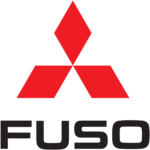 FUSO
FUSO MACK
MACK
 Cumminz
Cumminz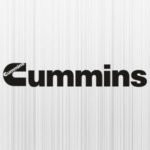 ISB4.5 CM2150
ISB4.5 CM2150 All Engines (2017 Emissions)
All Engines (2017 Emissions) PACCAR
PACCAR
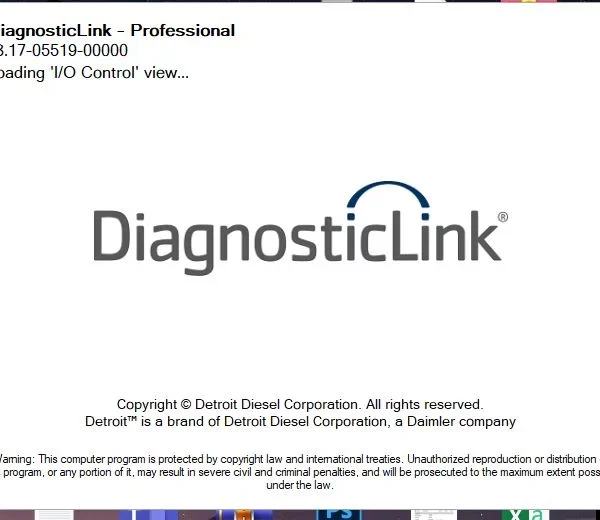
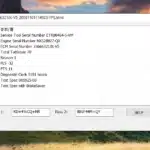

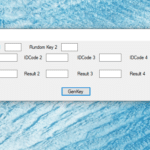


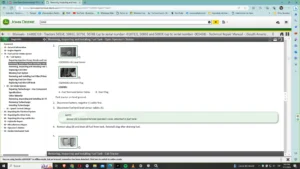
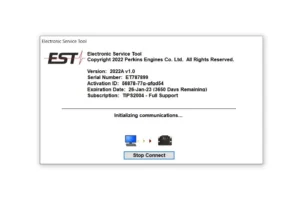
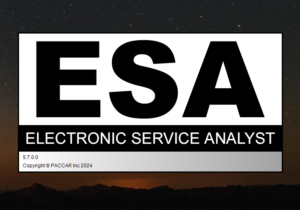
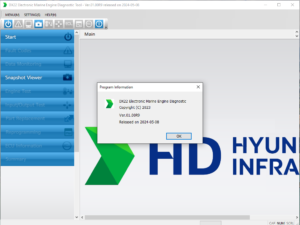
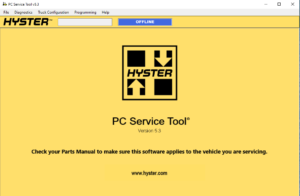
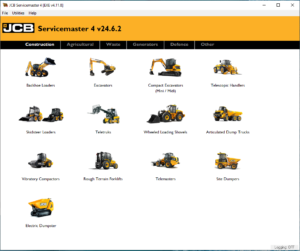


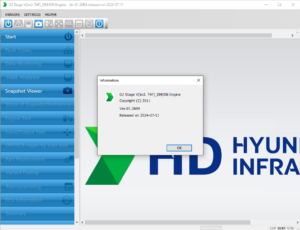

Reviews
Clear filtersThere are no reviews yet.